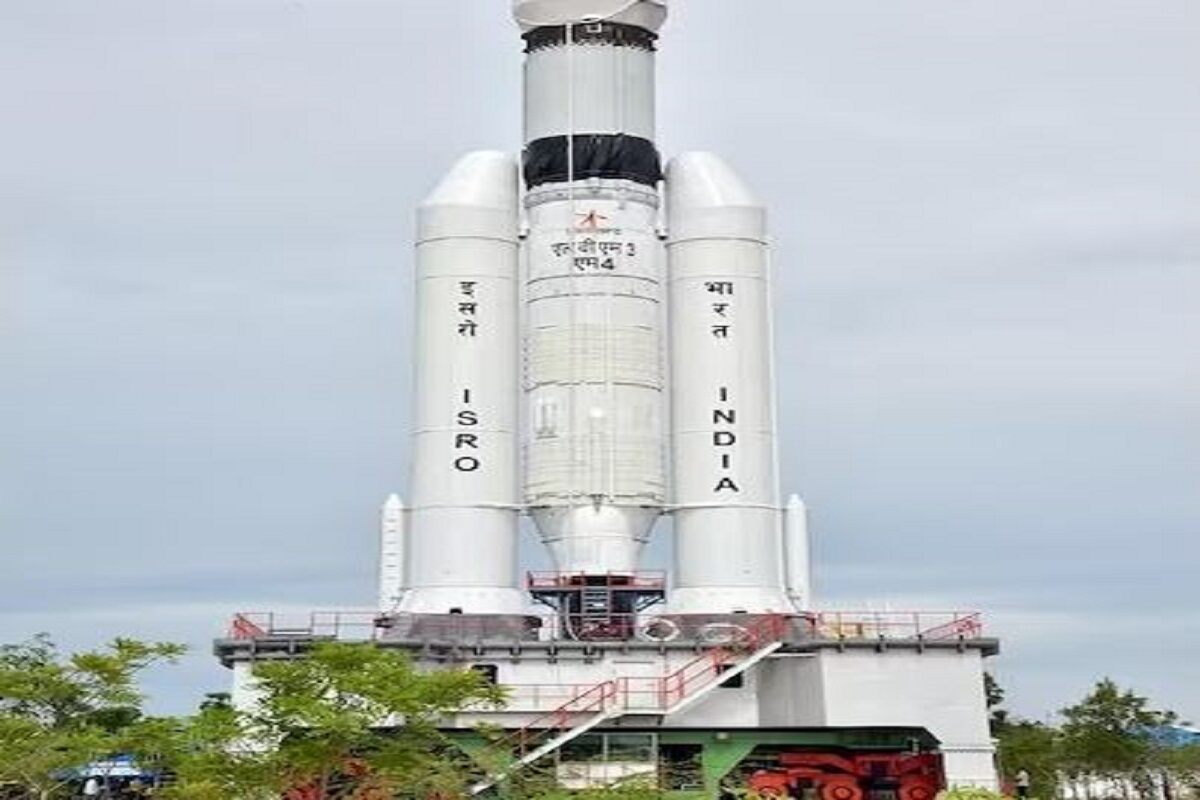
Chandrayaan-3
This message from Chandrayaan-3 was received by the Mission Operations Complex (MOX) at ISTRAC (Isro Telemetry, Tracking and Command Network) in Bengaluru on Saturday at 19.12 hours. This was the 140th mission to the Moon for human civilisation, and it was the third successful insertion of an Indian spacecraft by the nation.
Before the spacecraft aims to soft-land on the Moon’s surface on August 23, this was one of the most crucial tasks, giving India an admission into the elite league of nations to do so. China, the Soviet Union, and the United States are the only other nations to have accomplished this to date. The space economy of India is anticipated to increase from $8 billion in 2017 to more than $40 billion by 2040, which has the commercial sector optimistic. According to government estimates, India only accounts for about 2% of the $360 billion global space industry.
“I am quite pleased and gratified that the Chandrayaan mission is proceeding according to schedule. All of them are milestones towards what will undoubtedly be a fruitful mission. Each and every Indian should be proud of it. One of the many opportunities available to private industry is this. According to AK Bhatt (ret. ), Director General of the Indian Space Association (ISpA), “the lunar economy will also contribute to the growth of the space eco-system that is on a growth path.”
The propulsion module’s separation from the lander while in orbit is now the mission’s crucial next stage. On August 1, the craft successfully manoeuvred out from Earth’s orbit and towards the Moon. “A series of manoeuvres have been planned as the mission goes on to gradually decrease Chandrayaan-3’s orbit and place it over the lunar poles. The propulsion module will eventually separate from the lander while in orbit after a series of manoeuvres. On August 23, a sequence of intricate breaking manoeuvres will be carried out in order to achieve a smooth landing in the moon’s South Polar area.
The nations that have so far launched moon missions are Japan, the European Space Agency, Luxembourg, Israel, Italy, South Korea, and the United Arab Emirates in addition to the aforementioned four competitors. According to information provided by the ISpA, around 140 lunar missions have been launched to far, with nine of them involving humans and 12 American male astronauts landing on the moon between 1968 and 1972. By 2025, Nasa and other nations hope to send people back to the Moon as part of the Artemis programme, which will also take space travel to Mars and beyond. The US government initiated the Artemis programme in 2017 with the goal of launching the first woman and the next man to the Moon. The Artemis Accords are a non-binding agreement between the US government and other governments interested in the operation.
“With rising government spending on space, quickly rising investment in the nation’s private space sector, and government policies supporting commercial space enterprises, the Indian space industry is on the verge of a dramatic revolution. According to Barnik Chitran Maitra, managing partner of Arthur D. Little, India and South Asia, “India presents a very lucrative market with many opportunities for private players, and the Indian Space Research Organisation is a great ambassador for India in Space.”
By 2040, the space economy’s addressable market is anticipated to grow to a startling $1 trillion, according to Arthur D. Little. The space sector in India is currently worth about $8 billion and has been expanding at a rate of 4% per year recently. By 2030, the Indian government wants its space industry to represent 9% of the entire global market. India’s space industry might reach $40 billion by 2040 if it continues on its current course. A remarkable $100 billion in addressable opportunity exists for India to take a significantly larger portion of the global space economy by 2040, it was stated.

















